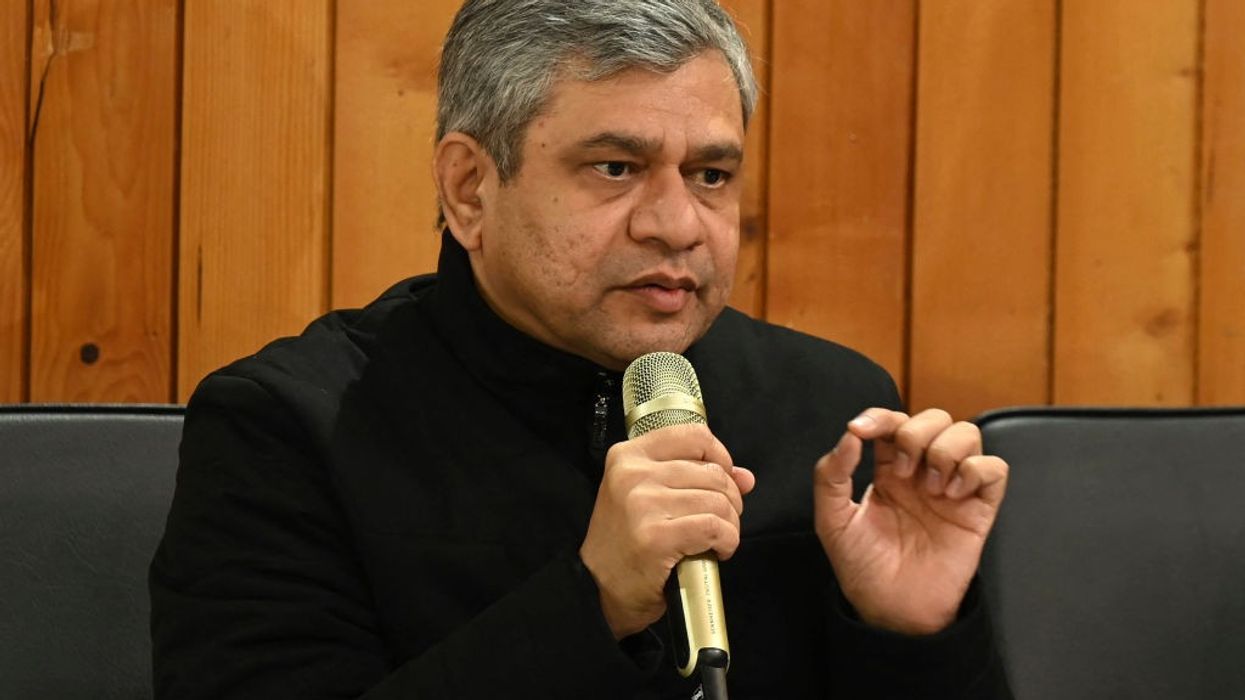Highlights:
- India has begun designing 2 nm semiconductor chips, the world’s most advanced and complex.
- Union Minister Ashwini Vaishnaw showcased a palm-sized chip
- India holds 20% of global design engineering talent, emphasizing domestic innovation.
- Chip fabrication requires extreme precision, ultrapure chemicals, and sophisticated infrastructure.
The initiative aligns with India’s focus on data sovereignty and emerging as a global tech leader. Indian union minister Ashwini Vaishnaw revealed a palm-sized model of a homegrown semiconductor wafer, signaling India’s significant progress in high-end chip design. Speaking on the second day of the summit, Vaishnaw emphasized that India is now designing some of the world’s most advanced chips, including 2-nanometer (nm) semiconductors, which could disrupt global market leaders in the industry.
Vaishnaw contextualized India’s achievement within the broader digital-led growth of the country, pointing to initiatives such as digital credit, high-speed mobile networks, and large language models (LLMs) as part of India’s rapidly expanding technological ecosystem. He stressed the critical importance of data sovereignty, insisting that data must remain geographically within India. “Data is the new oil. Data centers are the new refineries. We must take control of our destiny and ensure that the talent we have finds opportunities here,” the minister said.
He highlighted India’s engineering talent, noting that 20 percent of global chip design engineers are based in the country. Vaishnaw explained that India has moved from designing 5 nm and 7 nm chips to producing highly complex 2 nm chips domestically, describing these as the smallest and most intricate chips currently in production worldwide.
To illustrate the complexity, the minister displayed the semiconductor wafer, explaining that fabricating a chip is akin to constructing an entire city on a surface invisible to the naked eye. “It has its own plumbing, electrical network, and circuits,” he said. “The scale and precision required are extraordinary. A chip is 10,000 times smaller than a human hair.” He also pointed out the enormous economic stakes, citing an instance where a five-minute power outage led to a $200 million loss due to the extreme precision and delicate environment required in chip manufacturing.
Vaishnaw described the advanced materials used in the process, mentioning that the chemicals and gases involved must achieve ultra-pure standards of over 500 parts per billion. Such stringent requirements demonstrate the sophistication and technical mastery India has achieved in semiconductor production.
The NDTV World Summit 2025, themed ‘Edge of the Unknown: Risk. Resolve. Renewal,’ brought together global leaders, innovators, and thinkers to explore new frontiers in technology, sustainability, and governance. The summit aims to foster dialogue rooted in questioning, exploration, and conscious engagement with complex challenges.
Vaishnaw’s presentation of the 2 nm chip represents a milestone in India’s ambition to become a global technology leader. It underscores the country’s ability to leverage its talent pool and emerging industrial capabilities to compete with established semiconductor manufacturers worldwide. By combining innovation with a focus on data security and domestic talent retention, India is positioning itself at the forefront of the next generation of digital infrastructure.
The unveiling of the chip at the summit is expected to inspire further investment, collaboration, and policy initiatives to strengthen India’s semiconductor industry and broader technology ecosystem.















